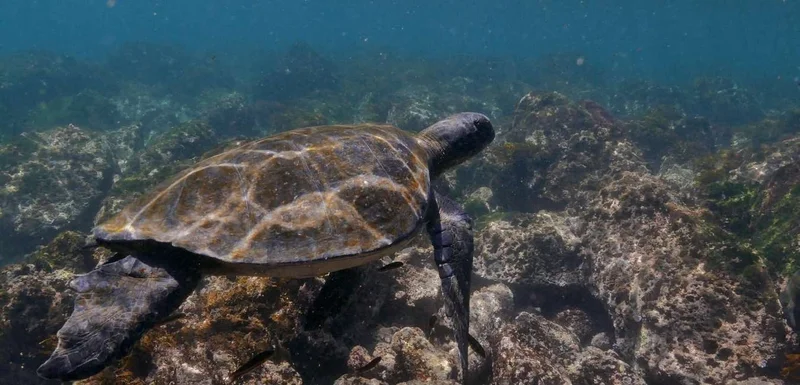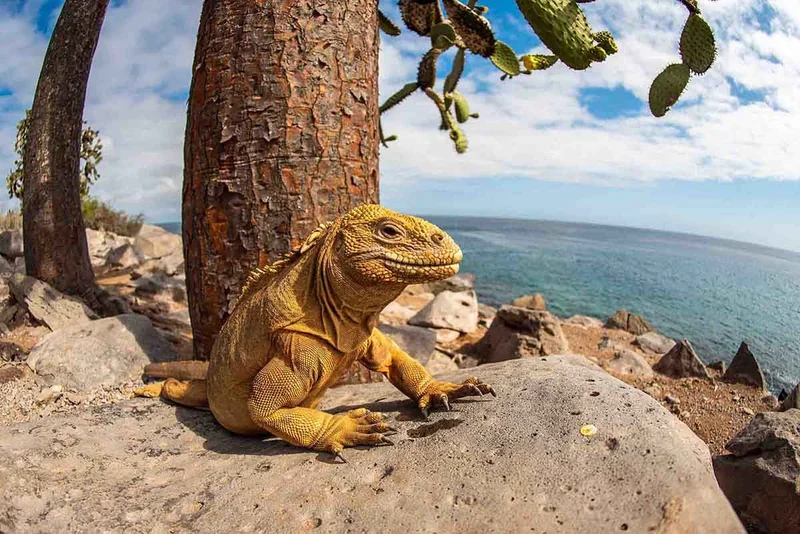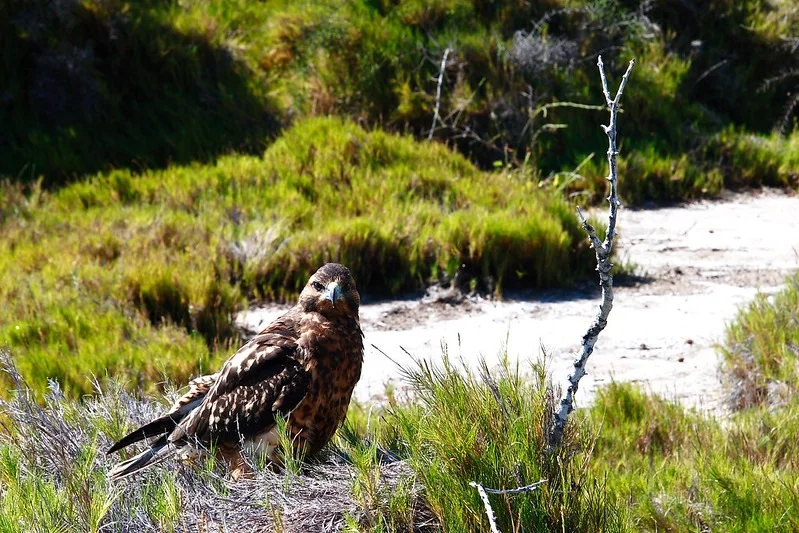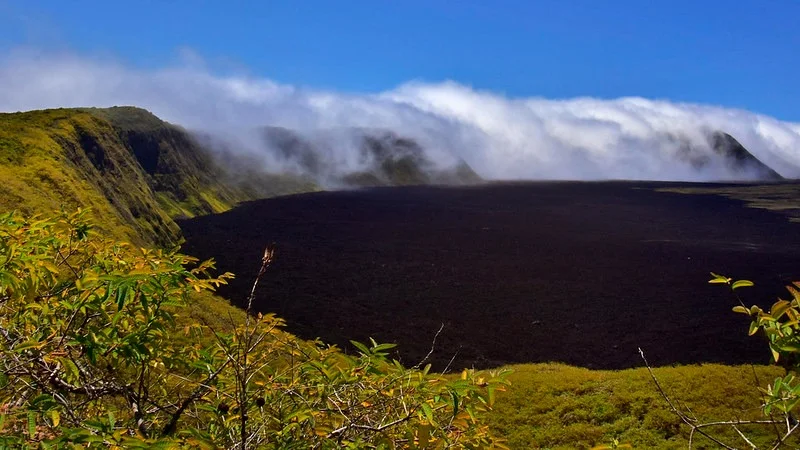
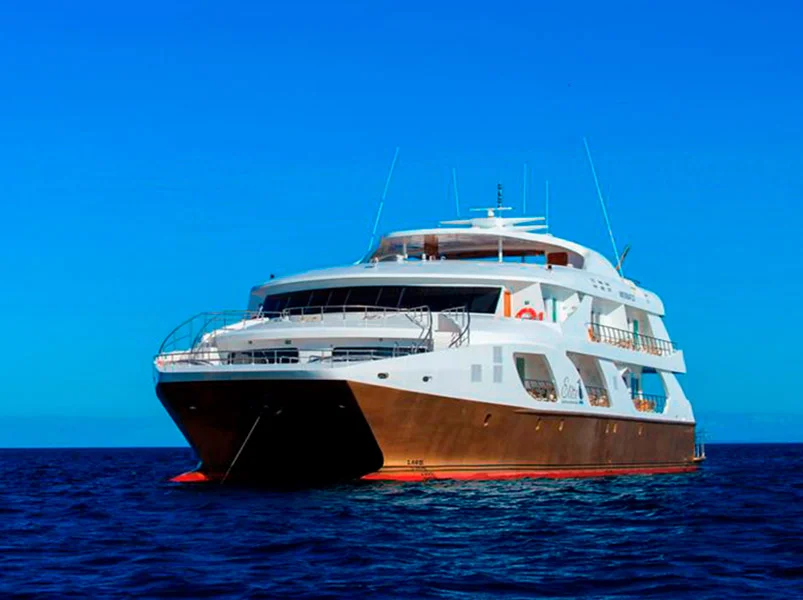
8 Day Galapagos Itinerary
Day 1: San Cristobal Island: El Junco Lagoon
Arrive at San Cristobal airport where you will be transferred to the vessel.
El Junco Lagoon
Walk up the rocky path surrounded by rich vegetation and wildlife to the rim of the El Junco Lagoon, an impressive crater lake located in the highlands of San Cristobal island. Here you will enjoy superb panoramic views of the island, and you can often catch frigate birds diving and bathing in the crystal clear water below.Day 2: North Seymour Island & Santa Cruz Island: Dragon Hill
North Seymour Island
North Seymour island is a small island named after Lord Hugh Seymour, a senior British Royal Navy officer. Walking amongst the low, bushy vegetation you will be able to observe a large variety of birds, including blue-footed boobies, swallow tailed gulls and a large population of frigate birds.
Look out for the marvelous bright red chests of the male frigates used to attract a mate.
Santa Cruz Island: Dragon Hill
The name Dragon Hill refers to the large population of Galapagos land iguanas that have made their home here.
As you walk along the rocky coastline and through the forests of cacti and Palo Santo trees, you will no doubt encounter a number of these incredible creatures that resemble miniature dragons.
The high tide also makes this a fantastic place to snorkel as the coral attracts a plethora of colourful fish close to the shoreline.
Day 3: Isabela Island: Sierra Negra Volcano & Arnaldo Tupiza Breeding Center
Sierra Negra Volcano
Arnaldo Tupiza Breeding Center
As you walk around the centre you will also be able to enjoy the beautiful gardens that boast of a wide variety of native plants.
Day 4: Isabela Island: Moreno Point & Urbina Bay
Moreno Point
Meanwhile, a panga ride or snorkel along the rocky shoreline is a wonderful way to spot green sea turtles and white-tip sharks.
Urbina Bay
However, it is now home to giant land iguanas and giant tortoises and it often a good spot to see Galapagos hawks and flightless cormorants. It is also ideal for snorkeling as turtles, rays and tropical fish frequent the coastline.
Day 5: Fernandina Island: Espinoza Point & Isabela Island: Vicente Roca Point
Fernandina Island: Espinosa Point
On the rocks you will often see large numbers of colourful Sally Lightfoot crabs. On land, the walking trails enable you to explore the fascinating mangrove plants, lava cacti and striking black lava formations where marine iguanas enjoy basking themselves in the sun.
Isabela Island: Vicente Roca Point
Snorkeling is also a great activity here as the cooler waters result in an abundance of food for marine life, and it is common to see groups of whales, dolphins, sea lions and marine birds gorging themselves.
Day 6: Rabida Island & Bartolome Island
Rabida Island
A panga ride around the shoreline gives the chance to spot blue-footed and nazca boobies and water activities such as snorkeling, kayaking or paddle boarding are ideal for seeing white tipped sharks and rays.
On the beach you will find a large noisy colony of sea lions and the surrounding salt brush is home to a nesting colony of pelicans. Inland, bird watchers will delight in seeing mockingbirds, yellow warblers and Darwin finches - Rabida is the only site where all nine Darwin’s finches are found.
Bartolome Island
The northern beach, a nesting site for green sea turtles, is perfect for snorkeling where sightings of spotted eagle rays, penguins and reef sharks are possible.
Day 7: San Cristobal Island: Kicker Rock, Witch Hill
Kicker Rock
Kicker Rock is a striking landmark in the Galapagos, shaped over time by the erosion of an extinct volcano's cone. The rock formation is often home to blue-footed boobies, frigatebirds, and sea lions perched on its ledges, making it a fantastic spot for photography as the boat navigates around it.
Witch Hill
Witch Hill boasts a stunning white sand beach that can be reached by dinghy, providing a perfect viewpoint for observing Kicker Rock to the south of the island. The hill itself is an eroded tuff cone, and the tranquil waters at its base create an excellent snorkeling location.
A stroll along the beach or one of the inland trails offers the chance to spot various shorebirds, finches, and mockingbirds.
Giant Tortoise Reserve
A visit to the Giant Tortoise Reserve involves the longest hike on San Cristobal, stretching about 5 km one way and can be quite warm.
This area is perfect for observing giant tortoises in their natural environment. San Cristobal is home to around six thousand giant tortoises, and on a good day, you can see hundreds alongside other endemic species like lava lizards and mockingbirds.
Snorkeling is also a fantastic activity here, with chances to encounter sea turtles and tintoreras (white-tipped reef sharks). The beach at this site serves as a nesting ground for sea turtles.
Day 8: San Cristobal Island: Interpretation Center
You can also take one of the trails behind the center that lead to some great viewpoints of the ocean and volcanic rocks below.
Depart from San Cristobal airport.
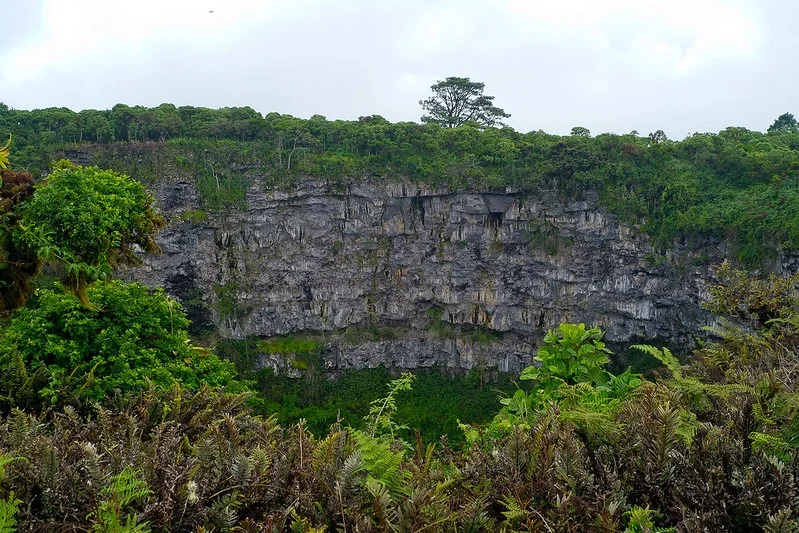
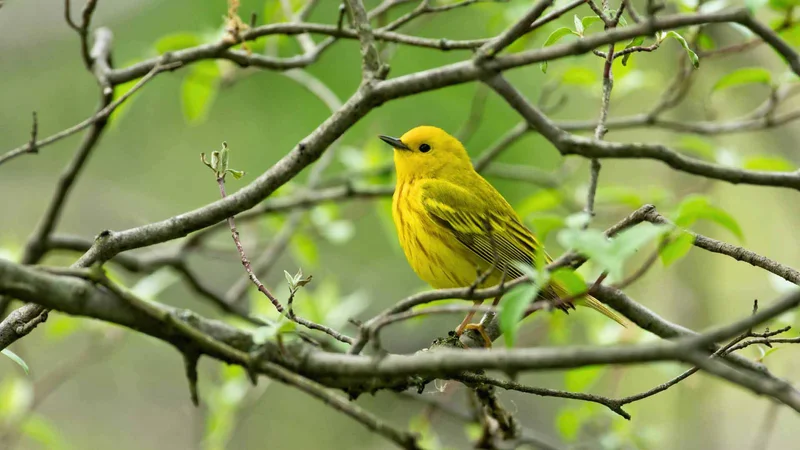
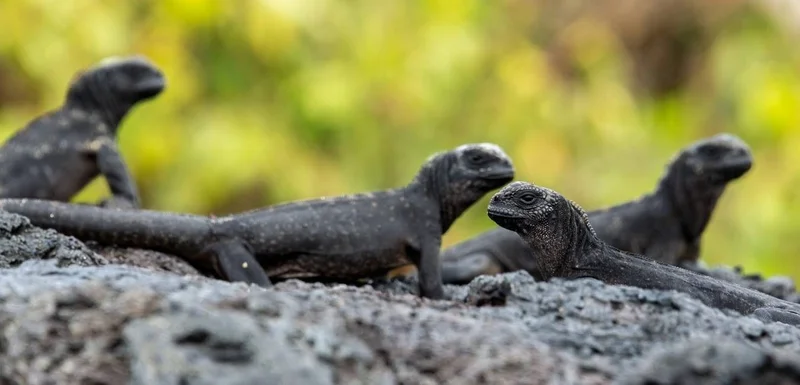
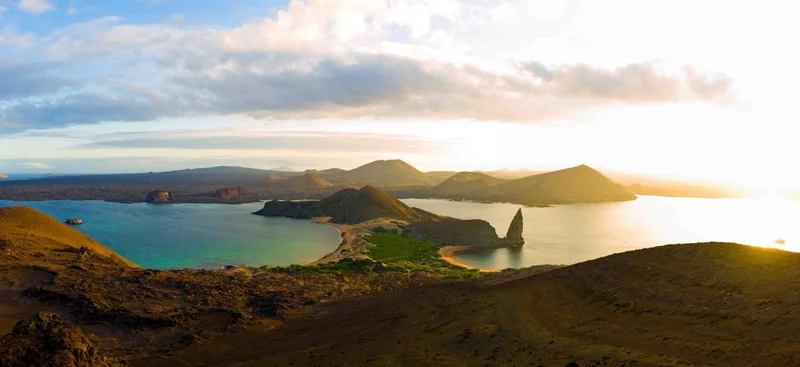
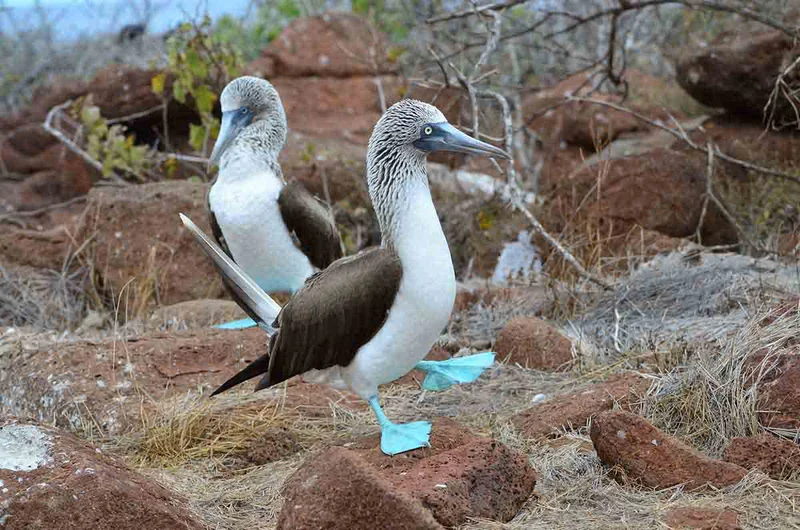
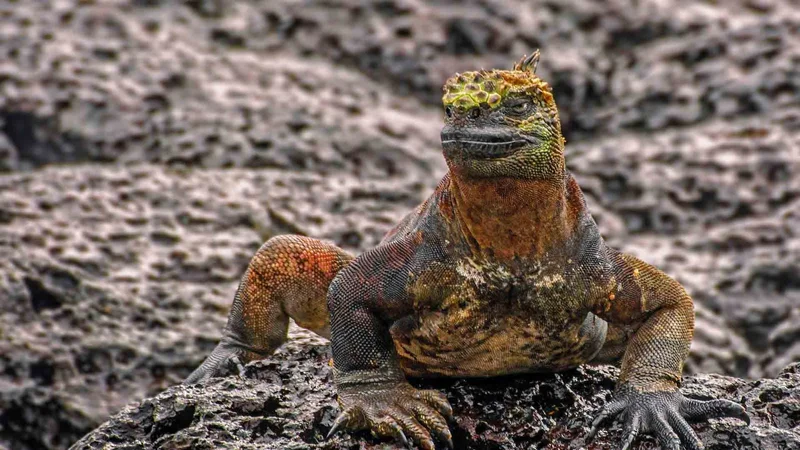

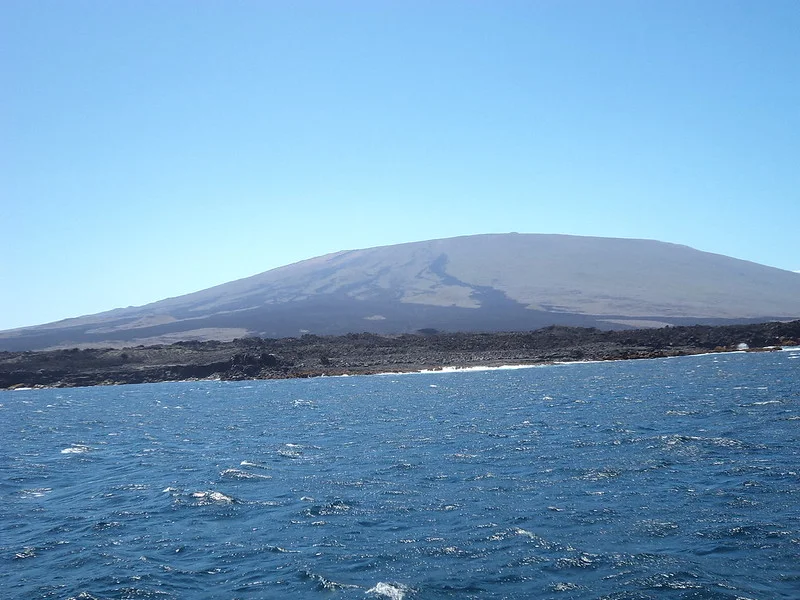
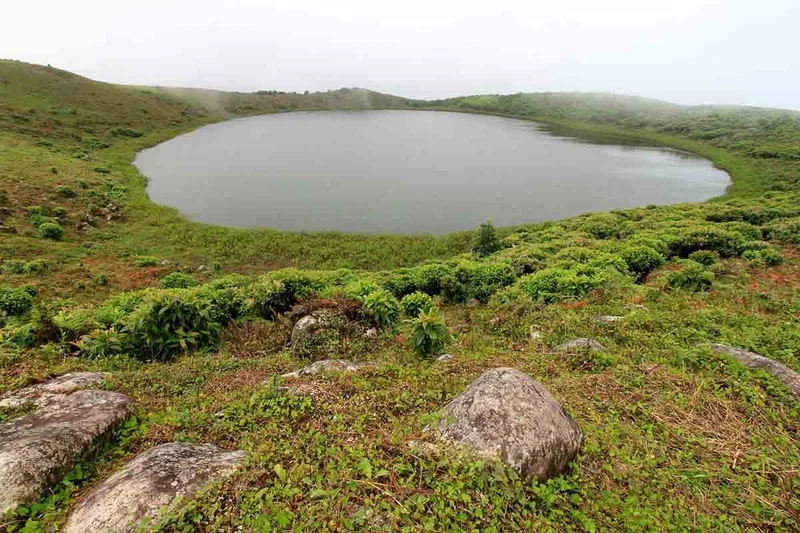
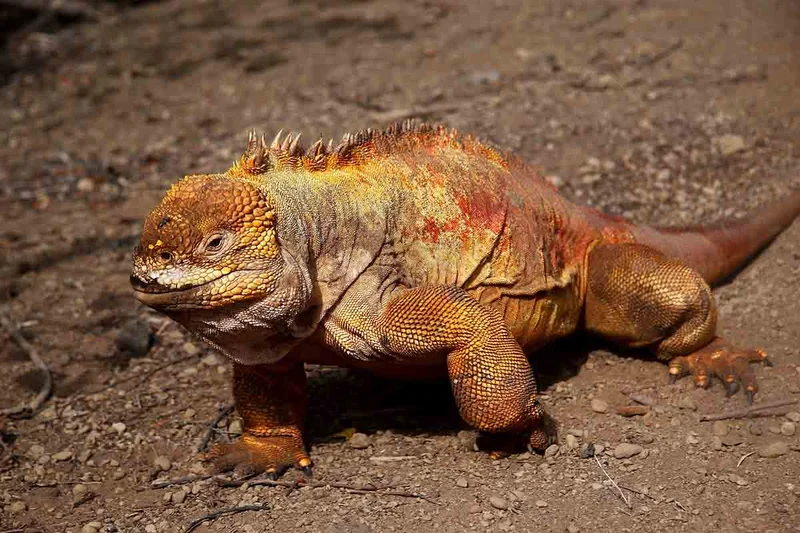
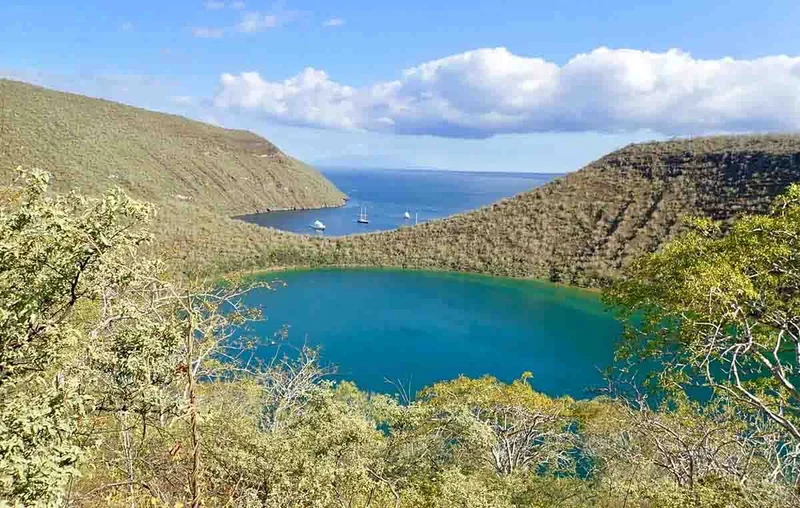
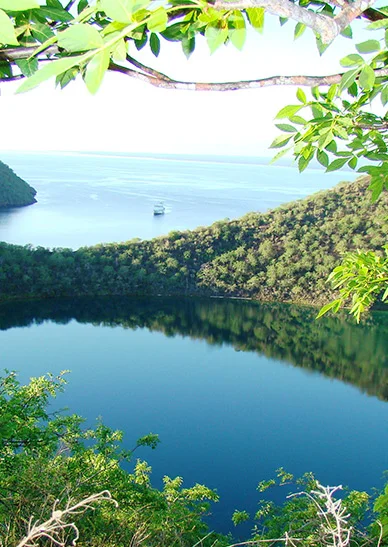
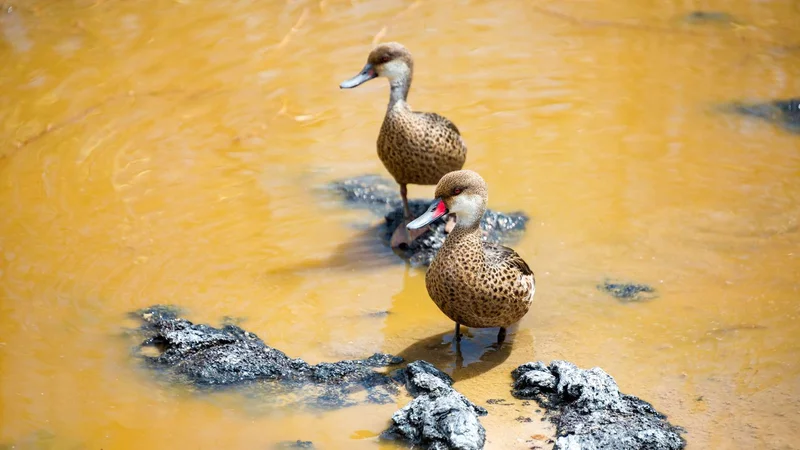
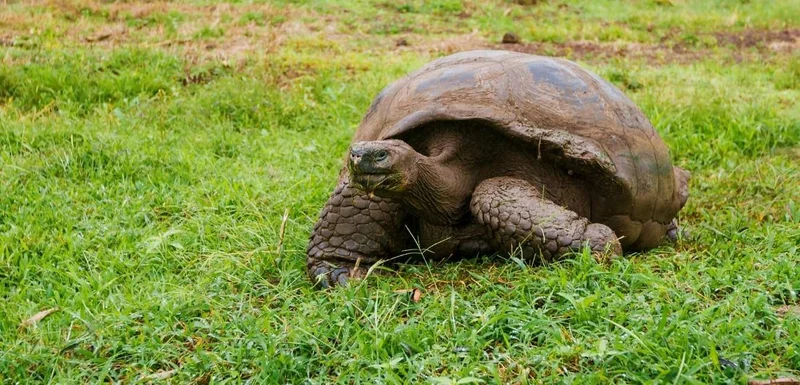
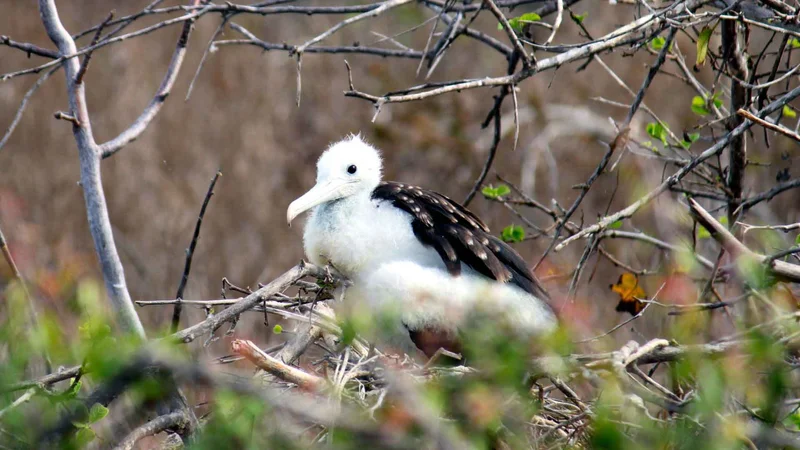
8 Day Galapagos Itinerary Includes
- Double or single accommodations
- All meals and snacks
- Programmed visits to the islands with a Certified Bilingual Naturalist Guide
- Transfers between Galapagos airport and cruise
- Snorkeling gear (masks, fins, and snorkel)
- Wetsuits
8 Day Galapagos Itinerary Does not Include
- Air ticket to/from Galapagos
- National Park Entrance fee
- Transit Control Card
- Personal Expenses and tips
- Alcoholic and Bottled Beverages
- Travel and health insurance
8 Day Galapagos Itinerary Highlights
- Navigate the Bolivar channel, an area rich in sea nutrients and home to dolphins, whales, orcas and rich marine life making it ideal for snorkeling
- Explore the wild west of Galapagos, where marine iguanas strive and penguins swim in tropical waters
- See diferent sand beaches - Red on Rabida, Black on Santiago and bleached white sand on Lobos island
- Visit nesting sites of flightless cormorants, blue footed boobies and frigate birds
Itinerary Map
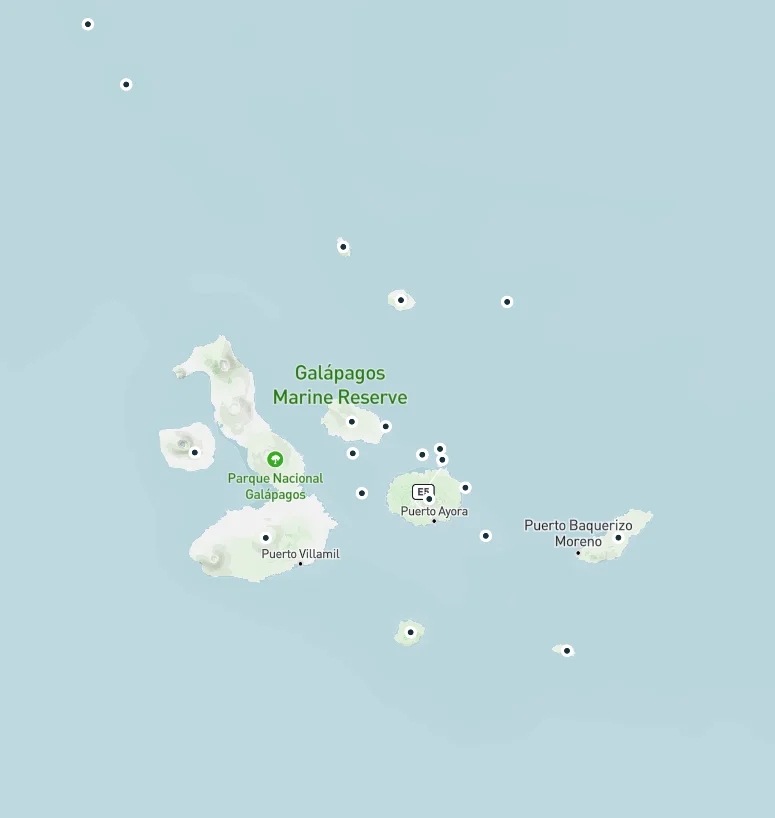
Dates & Promotions
Dates |
|---|
No data |
Reviews
Animals you might see on this itinerary:
More information about the Galapagos Islands you visit in this 8 day itinerary:
Elite Catamaran Galapagos Islands luxury cruise 8 days eastern & western route
Why travel with us?
Similar Itineraries
